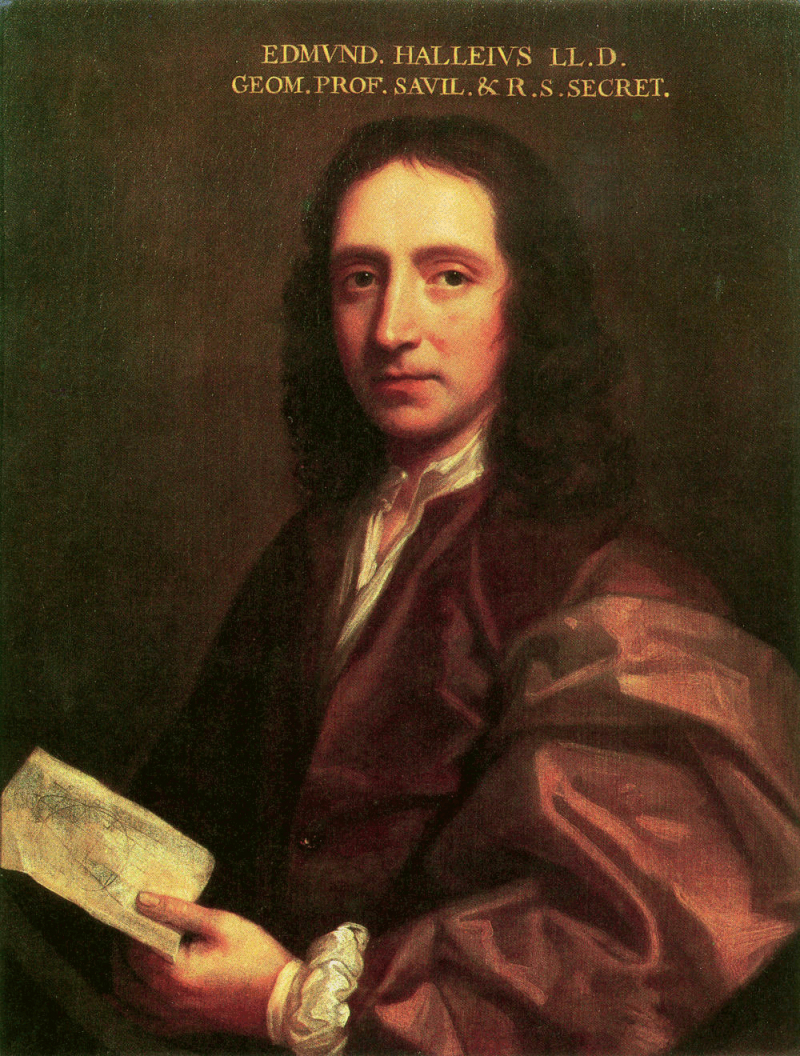Edmund Halley compiled a list of stars in the Southern Hemisphere.
While still an undergraduate, Halley suggested a proposal for surveying the stars of the southern hemisphere as a complement to the surveys being undertaken at the time of the northern hemisphere by John Flamsteed and Johannes Hevelius. This was done in response to the need for more accurate star charts. In 1676, the young astronomer abandoned his studies and set off for St. Helena in the South Atlantic. He was able to secure formal approval from the London Royal Society to quit his studies and embark on a research voyage to the island. There he built an observatory. He was the first to use a telescope to determine the positions of the stars.
On the island of Saint Helena, he found a star cluster in the constellation Centaurus and cataloged 341 stars in the Southern Hemisphere. Additionally, he observed a transit of Mercury for the first time and understood that a comparable transit of Venus could be used to gauge the size of the solar system. He also made improvements to the sextant and recorded observations of the seas and the atmosphere while on the expedition.
In May 1678, he returned to England. A year later, he formally released his list, which included a description and chart of 341 stars. He made a significant contribution to the creation of star maps, which was well appreciated. At the age of 22, he received an M.A. from Oxford and joined the Royal Society. One of the interesting facts about Edmund Halley is that he wanted to compile a list of the stars in the Southern Hemisphere since he had a keen interest in astronomy.








